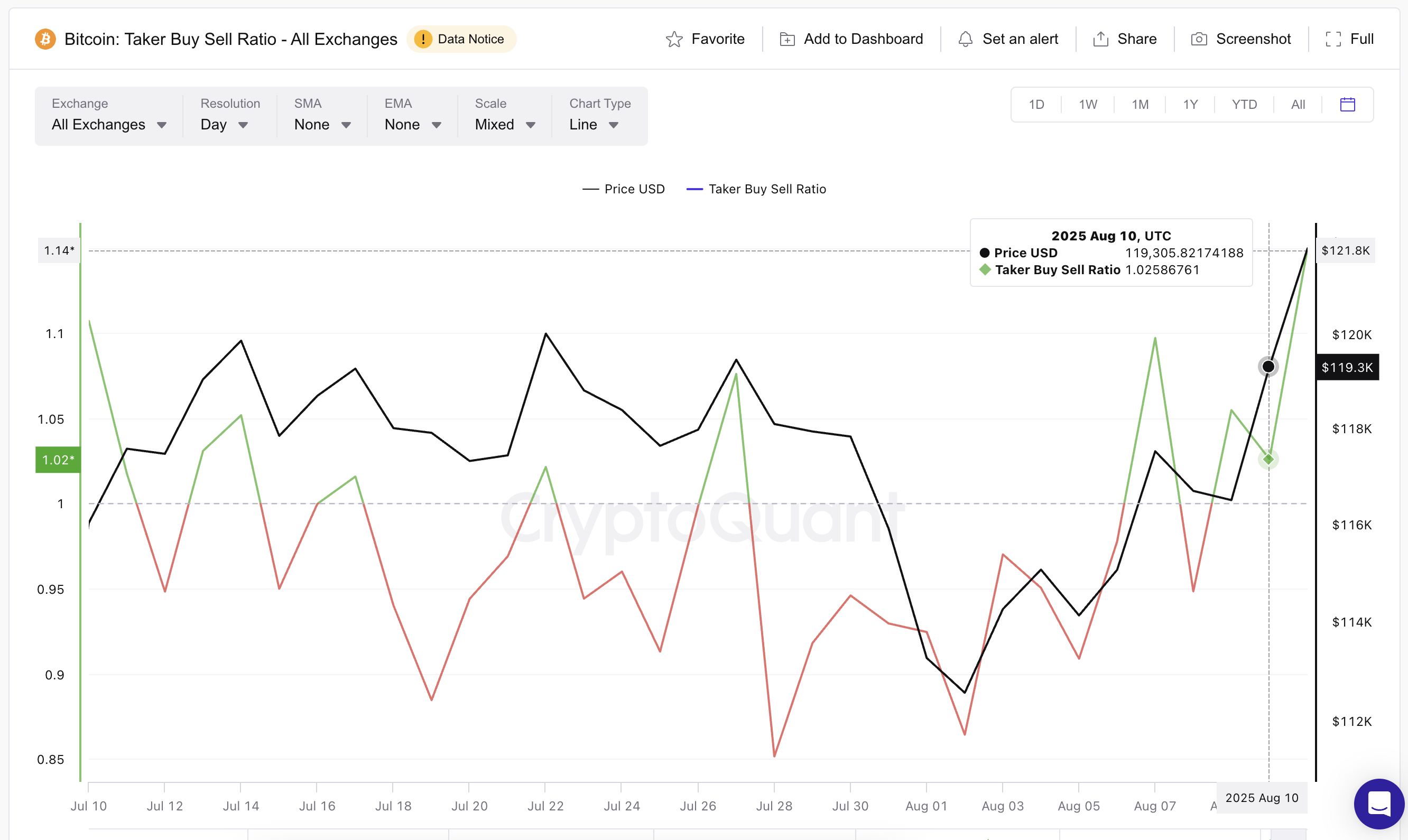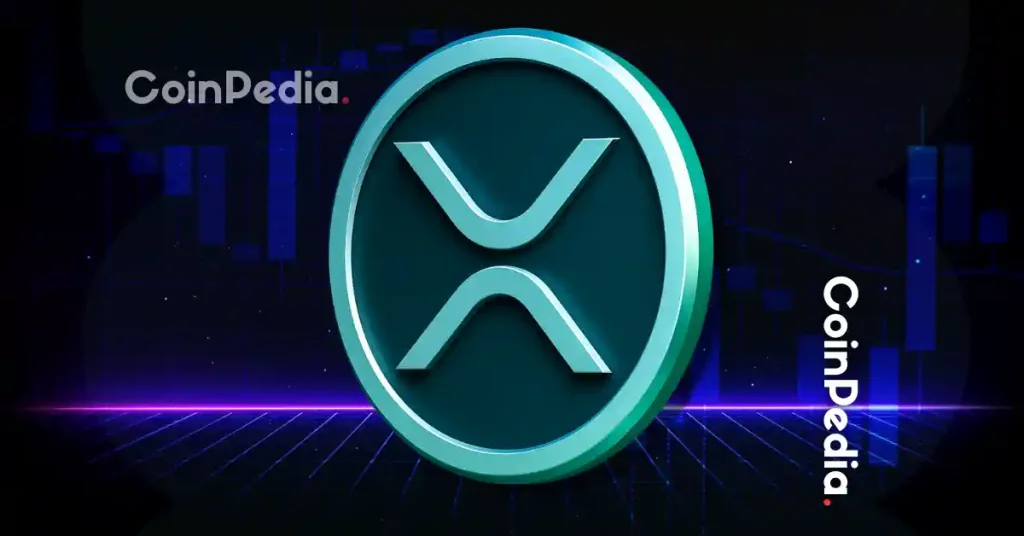Cracking the Code: The Next Generation of Wallets and User Onboarding
For too long, the promise of Web3 has been held back by a fundamental paradox, a technology designed to empower individuals has been so complex that it has alienated the average person. The journey into crypto has felt less like a discovery and more like an initiation, requiring users to grapple with seed phrases, confusing gas fees, and the constant fear of making an irreversible mistake. But this era of friction is coming to an end. A new generation of wallets is on the cusp of a revolution, poised to solve crypto’s biggest UX problems not with a single solution, but with a thoughtful, multi-faceted approach.
The End of Seed Phrase Anxiety
The primary point of friction for new users, as Eugen Kuzin, CMO/Board member of Cryptopay, points out, is the sheer complexity of getting started. This includes the challenging process of setting up a wallet, the anxiety of managing private keys, and the confusion surrounding transaction fees. In his words, “All that can quickly overwhelm new users.”
In response, next-generation wallets are focusing on creating a seamless and secure onboarding process that feels familiar. They are doing this by incorporating features like social recovery, which allows users to regain access to their accounts through trusted contacts, and biometric logins.
This approach, as Kuzin argues, makes crypto wallets “feel more like the apps people already use every day.” This is a direct result of key innovations like Account Abstraction (AA), which Dr. Han Lin, CEO and Founder of Gate, calls a “game-changer.” He explains that AA converts traditional externally owned accounts into programmable smart contracts, paving the way for a future with “no seed phrase stress” and “social recovery mechanisms.” This is a monumental shift from the old model of relying on fragile, easily-lost seed phrases. We are seeing wallets move towards using technologies like Multi-Party Computation (MPC), which securely splits a private key into multiple parts, eliminating the need for a single, vulnerable seed phrase altogether.
Vugar Usi Zade, COO of Bitget, emphasizes that this is more than just a convenience feature, it’s a critical step toward mainstream adoption. “The biggest barrier isn’t a lack of interest; it’s a fear of the unknown,” he states. “When new users are faced with the permanent and unforgiving nature of seed phrases, many simply walk away. By integrating social and biometric logins, we are not just simplifying access, we are building trust and removing a major psychological hurdle. The goal is to make a crypto wallet feel as secure and intuitive as your online banking app, while maintaining true self-custody behind the scenes.”
The Balancing Act: Simplicity and Sovereignty
The central challenge in this new paradigm is balancing simplicity with the core crypto principles of self-custody and decentralization. Eowyn Chen, CEO of Trust Wallet, frames this not as a philosophical conflict but a design challenge. “The real challenge is designing simplicity that doesn’t compromise sovereignty,” she says. “Users deserve intuitive experiences and full ownership of their assets.”
This sentiment is echoed by Markus Levin, Co-Founder of XYO, who believes that the key to mass adoption is making the technology feel invisible. “At XYO, we believe users shouldn’t need to understand seed phrases or key management on day one,” he states. He highlights that by leveraging innovations like smart contract wallets and decentralized recovery, wallets can deliver seamless onboarding experiences that start with familiar tools like social logins while “still honoring the core principles of self-custody and decentralization.”
Dmitry Lazarichev, Co-founder of Wirex, adds a crucial perspective: self-custody is a spectrum, not an all-or-nothing proposition. He argues that the right approach is “progressive decentralization,” where users begin with a simple, familiar experience and are gradually given more control as their confidence grows. This is how the industry can onboard millions of new users “without compromising on the principles that brought us here.”
Vugar Usi Zade agrees, but points to the need for proactive education and clear user pathways. “The balance is achieved by offering choice and transparency,” he explains. “For a new user, a custodial or semi-custodial option can be a perfect starting point, providing a safety net. However, the wallet must have a clear, well-guided path for them to transition to full self-custody as they become more comfortable. We have to design systems that empower users to grow into their own sovereignty, not force them to understand it all at once.”
The Rise of the Crypto Super-App
The wallets of tomorrow extend far beyond basic storage and asset swaps. As Griffin Ardern, Head of Research & Options Desk at BloFin, suggests, wallets are evolving into “one-stop service” hubs that provide direct access to DeFi services, exchanges, and financial management tools.
Dr. Han Lin further expands on this vision, detailing promising new business models. These include turning wallets into DeFi Hubs with yield aggregators and lending dashboards, acting as dApp Storefronts for discovery, and even offering premium subscriptions for advanced analytics and tax tools. He also points to the potential of Identity Services, where wallets could issue on-chain credit scores or reusable KYC credentials. “Wallets are evolving into crypto superapps,” he says. This evolution transforms the wallet from a passive storage tool into an active, indispensable portal to the entire Web3 ecosystem. The industry is also seeing the rise of wallets that are integrated with AI-powered financial management, offering predictive analytics and automated portfolio rebalancing.
Vugar Usi Zade emphasizes that this evolution is essential for unlocking the full potential of Web3. “The most promising business models go beyond just financial transactions,” he notes. “Wallets will become personal operating systems for the decentralized web. We’re moving towards a future where your wallet is your decentralized identity, your access key to token-gated communities, your on-chain resume, and your primary gateway for all Web3 activities, from gaming to governance. The monetization comes from creating a truly sticky, valuable ecosystem where users find everything they need in one secure place.”
Abstraction: The Invisible Revolution
While Account Abstraction is a monumental step, it’s just one piece of a larger puzzle. The industry is now embracing Chain Abstraction, a concept that Dr. Han Lin identifies as equally critical. He explains that Chain Abstraction means wallets and applications should “auto-route transactions across L1s/L2s, obscuring network details from users.” This innovation is crucial for unifying the fragmented multi-chain experience, allowing users to interact with different ecosystems without the hassle of manually bridging assets or switching networks.
This shift toward abstraction—both for accounts and chains—is what will ultimately drive mass adoption. It allows developers to build applications that are blockchain-agnostic, and it enables users to focus on the functionality and benefits of those applications, rather than the underlying technical complexities. It’s no surprise that statistics show Web3 adoption is steadily climbing, with hundreds of millions of people now using the technology. The wallets of tomorrow are not just a technological upgrade; they are a fundamental shift in how we approach user onboarding and engagement. By abstracting complexity, balancing convenience with control, and transforming into multi-functional platforms, the industry is set to usher in a new era of accessibility and growth. As Markus Levin says, “If we get this right, onboarding the next billion users won’t just be possible, it’ll be inevitable.”
The post Cracking the Code: The Next Generation of Wallets and User Onboarding appeared first on BeInCrypto.
























 (@fede_intern)
(@fede_intern)